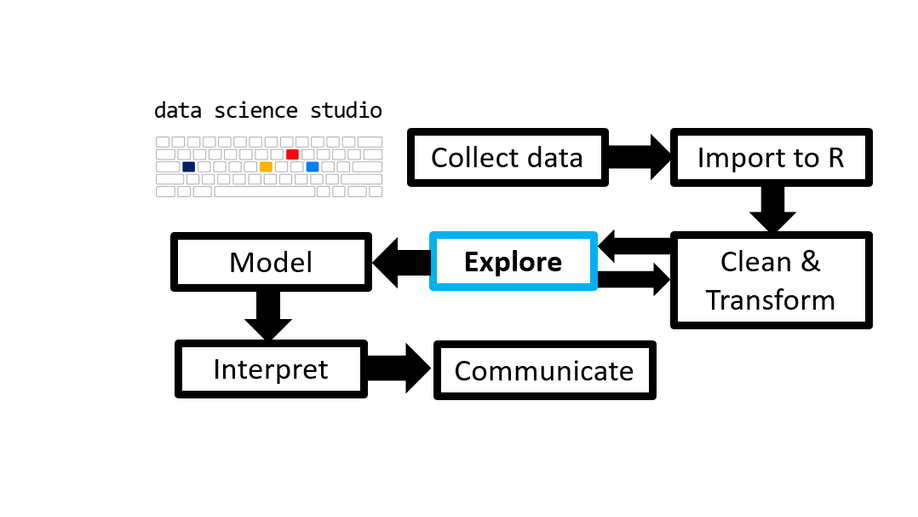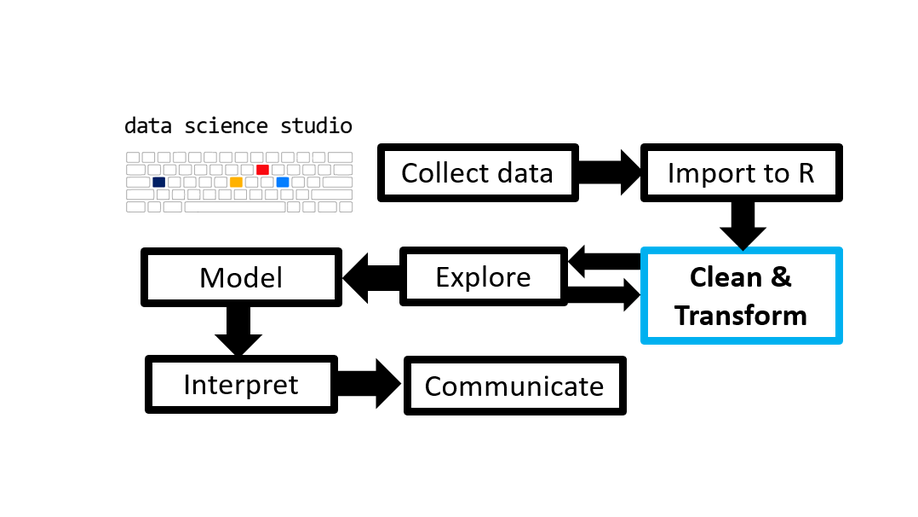I am a Senior Behavioural Scientist with the Province of British Columbia’s Behavioural Insights Group. I also teach an introductory data analysis course at the University of Victoria and occasionally work as a data science consultant for the Winstanley Laboratory at the University of British Columbia. My diverse training in experimental psychology, applied statistics, and data science leads me to apply a multidisciplinary and creative approach to doing research. I deeply enjoy solving complex problems and exploring new ideas.
I’ve worked both as an independent contributor and as a leader of teams of up to 10. In my current role with the Province of British Columbia I primarily work in R.
In my free time I enjoy yoga, hiking, skiing, gaming, coding, reading, travel, live music, and visiting with friends and family.
Learn more about my research interests, skills, and experience, by exploring my website or reading my resume.






